by Wallace Wyss –
I remember, in the early days of the Monterey Historic Races, when Beverly Hills guys like Steve Earle and Chris Cord (yes, of that Cord family) who would take old racing Ferraris, rent the track for the weekend and have at it.
I remember I saw a Series 2 GTO, I think owned by Cord, and felt sorry for the lad, because after all it wasn’t a famous model like the GTO Series 1 that Earle owned (I helped sell Earl’s car to a Japan gentlemen for under 100K, I think they’re worth about 72 million dollars today).
Ing.Bizzarrini had already won plaudits from Enzo for making the SWB 250GT a more competitive car. It was six carbs on the comp version; he who lightened it but both Enzo and Giotto knew when they saw the XKE that the shape of the SWB was Old Hat. So Ing. Bizzarrini was given permission to take an old Ferrari SWB as a mule and change the body style and re-arrange the engine position, whatever he needed to do.
Bizzarrini who would slap some Italian version of Bondo on a Ferrari mule vehicle, and take it out on the Autostrada and time it between toll stations. If Thursday’s version was faster than Wednesday’s they would stick with that. Hey it ain’t a wind tunnel but it was almost the first time Ferrari allowed experimentation with aero, Somewhere Ferrari’s in-house coach builder, Scaglietti, had his input in building the
bodywork to Bizzarrini’s design.
So you can imagine how put out Ferrari’s major body supplier, Sergio Pininfarina, felt when Ferrari announced a new racer whose body was not designed or built by
Pininfarina! He hit the roof and quickly was promised they could do the Series 2, if the Series I was successful.
In 1963 steps were made to improve the car, which included an all-new, Pininfarina-designed body, which appears to be wider, though it seems it was not because some series I owners came back and wanted a Series 2 body. Only three examples originally were built with the new body, chassis #5571GT, 5573GT and #5575GT.
The biggest change was no more fastback rear roof, instead the “tunnel back” and vertical rear window of the 250LM race car, designed by Pininfarina. This was a subtle hint that a coach builder is the one who should design bodywork, not engineers!
Ferrari had been planning on the 250LM to go in the prototype category. Except for one thing, the FIA realized they had been lied to about the 250GTO (not about 100
being made, but that it was but a minor variation on the already homologated SWB 250GT).
For the 1964 race season, Ferrari was prepared to use their mid-engined 250 LM in Division III of GT endurance racing, but to teach them a lesson, the FIA rejected homologation for the 250 LM as a production car, forcing Ferrari to revert back
to the GTO. As homologation rule were written, the 1964 GTO chassis had to remain the same as the original.They did get approval for a wider track, due to wider wheels.
The engine was again the Tipo 168/62 V12. Slight modifications included different tuning for the Weber carburetors and smaller exhaust manifolds. There was no boost in peak power, but at least the overall power band was improved. After being forced to use the GTO, Ferrari had the body re-engineered by Pininfarina and produced
by Scaglietti. Though you would think the lower and wider body than the original GTO
would raise the top speed, ironically the shortened frontal area is said to have more drag than the original GTO. So who said car designers should design cars–let’s let engineers do it!
In ’64 Ferrari had new competition–the Shelby Cobra Daytona coupe. With four less cylinders, the Cobra Daytona coupes beat the GTOs. But though you would think Ford would reward Shelby by ordering more Daytona coupes Ford said to ditch them as they wanted to put all their eggs in one basket–the mid-engined Ford GT. So the 250GTOs went on to win races in private hands for years afterward where the Cobra Daytona coupes sat out real racing and didn’t come back to the track until vintage racing.
In ’65, it was all a moot point on whether the Series 2 had potential, because the 250LM improved so fast that Ferrari unexpectedly won the ’65 Le Mans race after the faster mid-engined Ford GT 40 Mk IIs all lost their transmissions. Almost simultaneously and it was even a non-factory Ferrari owned by a dealer that won!
Alas, it was the last time Ferrari won Le Mans…
Let us know what you think in the Comments.
THE AUTHOR/ARTIST: Wallace Wyss has completed a number of paintings of Le Mans Ferraris, some of which will be entered in future auctions. For a preview of canvases available write malibucarart@gmail.com
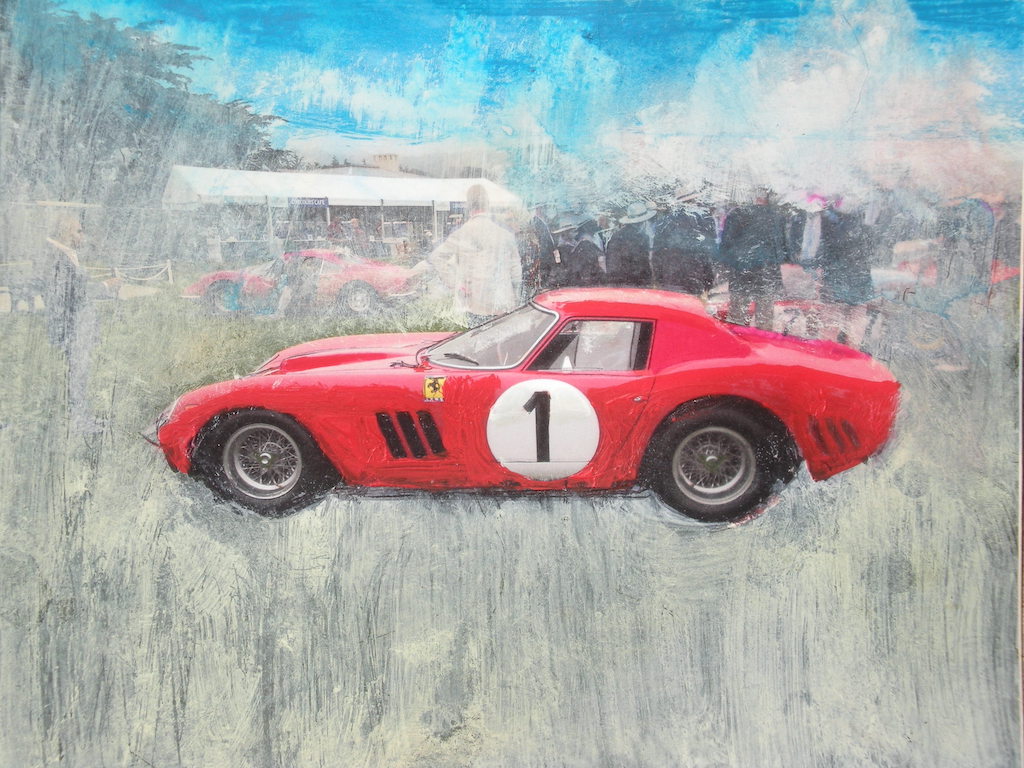
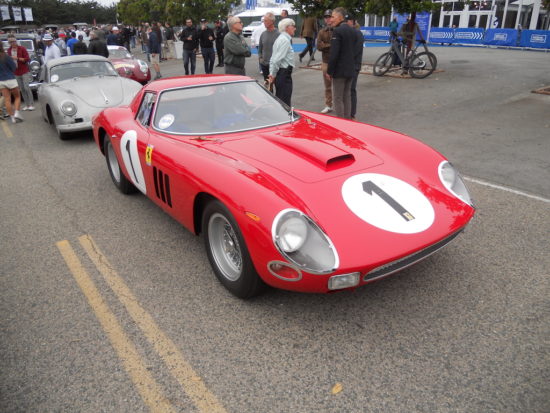
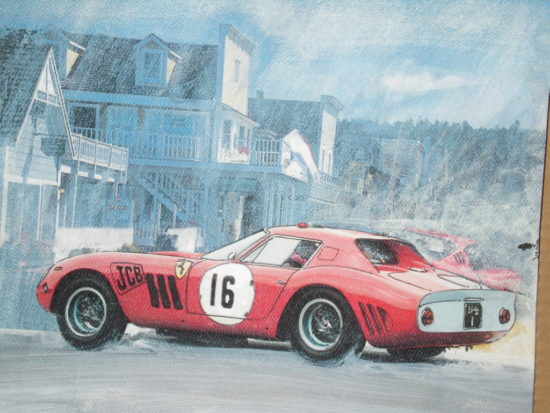
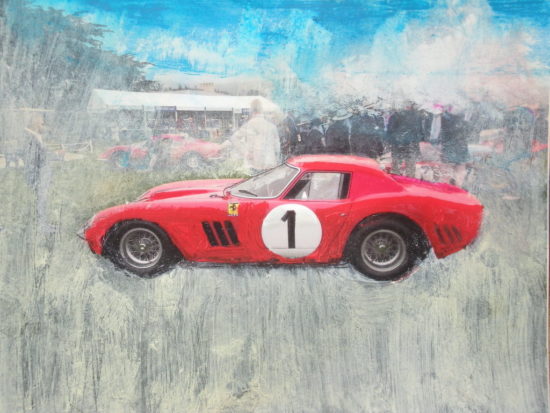
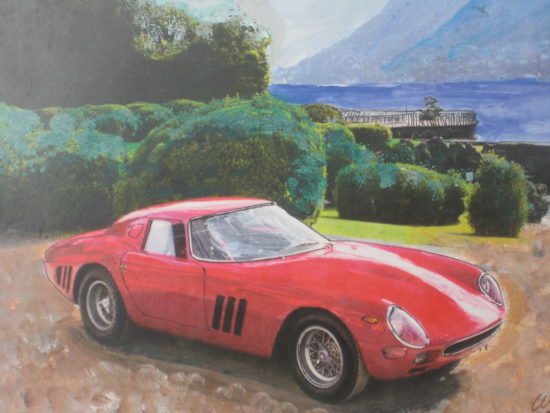
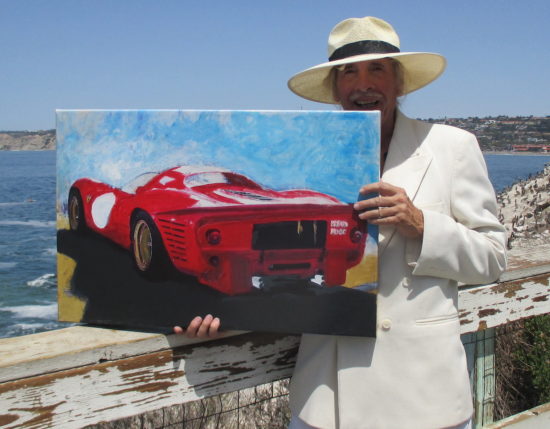
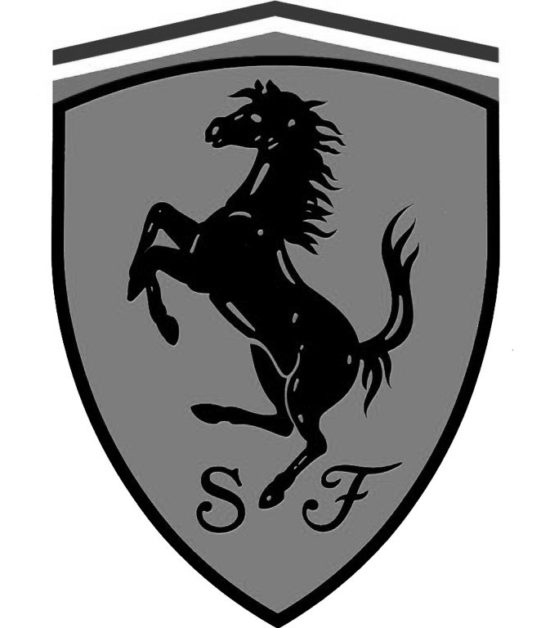


They didn’t lose their transmissions. The “reasons” reported were all to cover up that all the Ford supplied engines failed due to stretching their engine bolts which had been improperly heat treated by the Ford supplier. Ford ordered all the Shelby supplied engines pulled the night before the race and Ford supplied engines substituted.
Why would Ford sabotage their own racing effort? I blame it on the Ford engineers back in Dearborn who were jealous of all the publicity Shelby was getting. Ford even shipped engines to the Shelby team missing parts, like there was an auto shop nearby LeMans where you could buy those parts at. The movie Ford v. Ferrari just scratched the surface on the rivalries between Shelby’s crew and those in Dearborn. Ford was glad to get rid of Shelby in 1970 so it’s funny how hard Ford promotes the Shelby Mustang now….